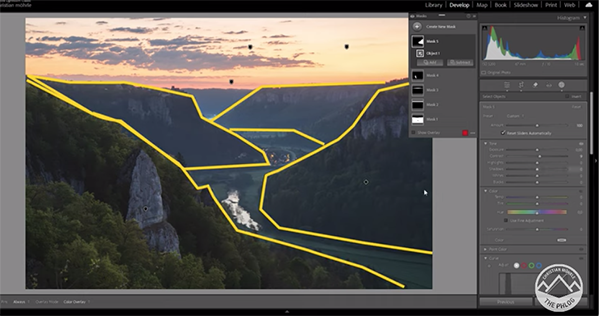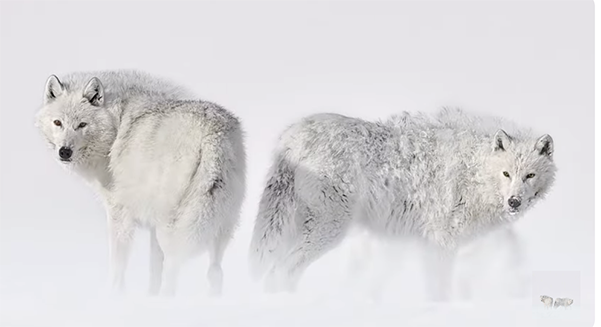Fujifilm Announces X-E5 & New Compact 23mm Lens
Featuring a customizable Film Simulation dial, in-body image stabilization, elegant single-piece aluminum top plate, light-weight retro design (1-pound/445 grams) and new companion Fujinon XF 23mm f/2.8 R WR lens, the Fujifilm X-E5 intros the new-concept “Classic Display Mode” EVF that allow users to modify the viewfinder experience.
With classic rangefinder styling and thoroughly retro appearance, the Fujifilm X-E5 mirrorless digital camera is the fifth generation in the Fujifilm X-E series. The Fujifilm X-E1 appeared in 2012. Click here to read our 2021 in depth review of the Fujifilm X-E4.

Key Features of the Fujifilm X-E5
Light, compact, retro design, weighs 15.7 ounces (445 grams)
Back-illuminated 40.2 megapixel X-Trans CMOS 5 HR sensor
In-Body Image Stabilization (IBIS) with 7-stop efficacy (center area)
Base ISO of 125

Key Features of the Fujifilm X-E5 (cont.)
Selfie-friendly rear-tilting (180°) LCD monitor
Customizable Film Simulation (FS) dial
New FS dial enables up to three user FS recipes
Classic Display Mode (retro option for the EVF)
Surround View function
AI-based subject detection autofocus
AF detects animals, birds, cars, motorcycles, bicycles and more
High-precision AF Tracking
Electronic shutter option up to 1/180,000 sec
15 minutes to 1/4000 mechanical shutter
Teleconverter (1.4X and 2X)

Key Features of the Fujifilm X-E5 (cont.)
Top plate milled from single slab of aluminum (first for XE series)
Video shooting in 6.2K/30P resolution
Microphone jack 3.5mm (plus USB-C, HDMI Type D I/O)
Kit available with new Fujinon XF 23mm f/2.8 R WR lens

Key Features of the Fujinon XF 23mm f/2.8 R WR lens
Compact design (23mm tall, weighs about 3.2 ounces ( 90g))
Aperture is f/2.8 (to f/16)
Equivalent to 35mm (equated to 35mm full-frame)
8 elements in 6 groups (2 aspherical) optical formula
Focuses to 7.9 inches (20cm)
Full Group focusing system – all elements move to achieve AF
11 blade aperture, rounded diaphragm to enhance bokeh
Weather resistant (seals at 9 points) Note the X-E5 is not weather resistant
Designed with X-E5 & 40.2 megapixel sensor in mind
Comes with lens hood

Pricing & Availability
The Fujifilm X-E5 will be available later this summer in black or silver colorways as body only ($1699.95) or in a kit with the new Fujinon XF 23mm f/2.8 R WR lens ($1899.95). The lens by itself should be available later this year at the MSRP of $499.95. Anticipated US pricing is represented above and, along with delivery schedule, is subject to change.
If ordering online, don’t be confused by the Fujifilm X-M5.
Save $ — Buy Factory Refurbished Fujifilm Products
Check out Refurbished Fujifilm cameras, lenses and accessories here, available directly from Fujifilm. For example, score a Factory Refurbished Fujinon XF 16mm Ff/2.8 R WR Lens (24mm equivalent) for as low as $299 (prices and inventory subject to availability).

Half the Frame, Twice the Fun! New Fujifilm X half
Small Wonder: Fujifilm GFX100RF
Instantly Cool: Fujifilm Mini 41 Camera

Join the Shutterbug Community!
Sign up for a free account. It’s easy! Subscribe to our free newsletter (see sign-up form on our homepage) and bookmark Shutterbug as a Favorite on your browser. Visit our Gallery section and spend five minutes or less uploading your best shots once a week or so. You may even become a Shutterbug Photo of the Day photographer. In the Galleries you’ll see the amazing work of thousands of photographers from all over the world; add your own images to our ever-growing collection. It’s a great way to connect with other photographers and share your knowledge and passion for photography.
—Jon Sienkiewicz








